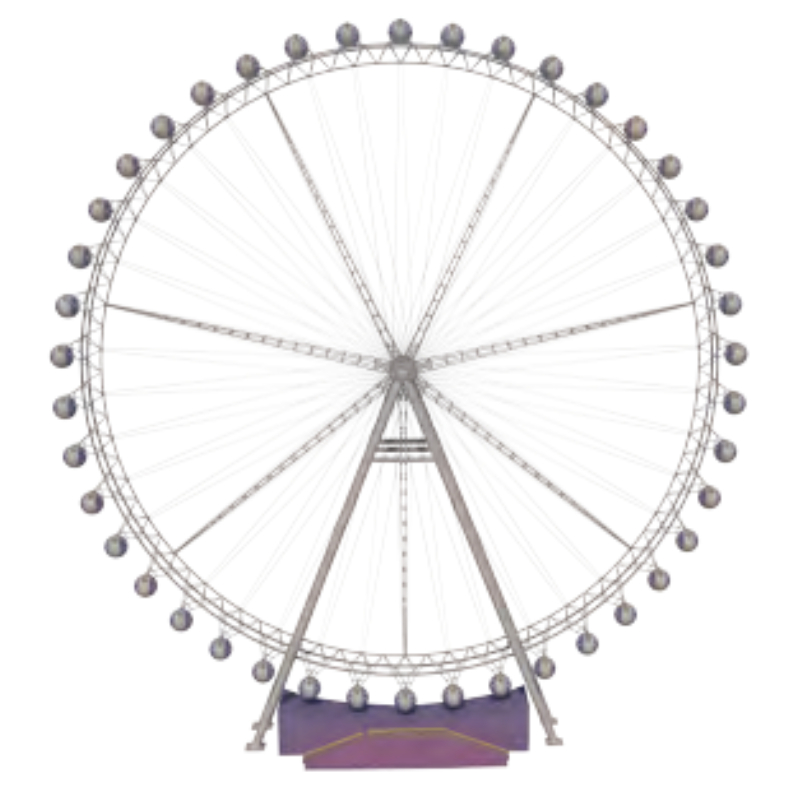- Albanian
- Arabic
- Belarusian
- Bengali
- Czech
- English
- French
- German
- Hebrew
- Hungarian
- Indonesian
- irish
- Italian
- Japanese
- kazakh
- Persian
- Russian
- Thai
- Uzbek
- Vietnamese
roller coaster rail
The Thrill of the Ride Understanding Roller Coaster Rails
Roller coasters are emblematic of amusement parks and a significant draw for thrill-seekers around the world. At the heart of these adrenaline-pumping rides lies an engineering marvel the roller coaster rail. The rail is more than just a track; it is a meticulously designed structure that plays a crucial role in the safety, performance, and excitement of the ride. In this article, we will explore the fascinating world of roller coaster rails, from their design and materials to their impact on the overall ride experience.
The Structure of Roller Coaster Rails
Roller coaster rails are typically made of steel or wood, each offering distinct advantages and unique experiences. Steel coasters dominate the landscape today, known for their smooth rides, complex inversions, and higher speeds. The rails are often built using hollow steel tubes or continuous welded beams, which provide the necessary support and durability. These rails can be crafted into various shapes and sizes, allowing engineers to create loops, twists, and turns that enhance the thrill of the ride.
Wooden coasters, on the other hand, have a nostalgic charm. Constructed from sturdy wooden supports and beams, these coasters offer a different kind of experience, often characterized by their rumbling and shaking. Although advancements in technology have improved their safety and reliability, wooden coasters challenge engineers to design tracks that can withstand the test of time while providing an exhilarating experience.
Engineering Excellence The Design Process
Designing roller coaster rails involves a complex interplay of engineering principles and creative vision. Engineers must consider factors such as the intended speed of the coaster, the types of elements it will feature (including drops, loops, and corkscrews), and the overall length of the track. Sophisticated computer modeling and simulations are used to predict how the coaster will behave, ensuring a safe and thrilling experience for riders.
One vital aspect of roller coaster rail design is the g-forces exerted on riders
. Engineers aim to create a thrilling experience without the discomfort or danger of excessive force. By carefully calculating the angles and curves of the track, they can control the g-forces experienced during acceleration, turns, and drops, ensuring a balanced ride that maintains high excitement without compromising safety.roller coaster rail

Impact on Ride Experience
The design of roller coaster rails directly influences ride experience. Smooth transitions and well-calculated drops can elicit screams of joy, while sharp turns and sudden changes in direction can send adrenaline levels soaring. The type of rail used also contributes to the overall feel of the ride. Steel coasters typically offer a smoother experience with rapid changes in speed and direction, making them ideal for thrill-seekers who crave intensity.
Conversely, wooden coasters often deliver a ride that feels raw and more unpredictable. The natural flex and slight give of wooden rails can add an element of surprise, creating a unique sensation that many riders cherish. This variation in experience is a significant part of what makes roller coasters so appealing; they offer something for everyone.
Safety Considerations
Safety is paramount in the design and construction of roller coaster rails. Engineers conduct rigorous testing and adhere to strict safety standards to ensure that every component of the coaster is built to last. Regular maintenance checks are essential to identify wear and tear, especially on wooden coasters where environmental factors can impact the integrity of the materials used.
Innovations in technology also play a role in enhancing safety. Modern roller coasters may incorporate advanced sensor systems that monitor the condition of the rails and track, alerting operators to any potential issues before they become serious concerns.
Conclusion
Roller coaster rails are a fascinating blend of art and engineering, transforming simple tracks into thrill-inducing playgrounds. They embody the spirit of adventure and the pursuit of excitement. As amusement parks continue to innovate and push boundaries, the evolution of roller coaster rails will remain at the forefront of this thrilling journey, captivating the hearts of thrill-seekers for generations to come. Whether made of steel or wood, a roller coaster rail is not just a track; it’s a gateway to a world of exhilarating experiences and unforgettable memories.
-
Hyper Coaster Land of Legends - Ultimate Thrill Ride Experience Book Tickets NowJun.10,2025
-
Heavenly Gondola Roller Coaster Ultimate Adventure & Scenic ViewsJun.10,2025
-
Thrill Roller Coasters at Kings Island Epic Heights & Drops!Jun.09,2025
-
Vintage Antique Carousels for Sale Authentic Musical GemsJun.09,2025
-
Premium Kiddie Carousel for Sale - Safe & Fun Carnival RidesJun.09,2025
-
Family Boomerang Coaster Thrilling & Safe Fun for Families!Jun.09,2025
